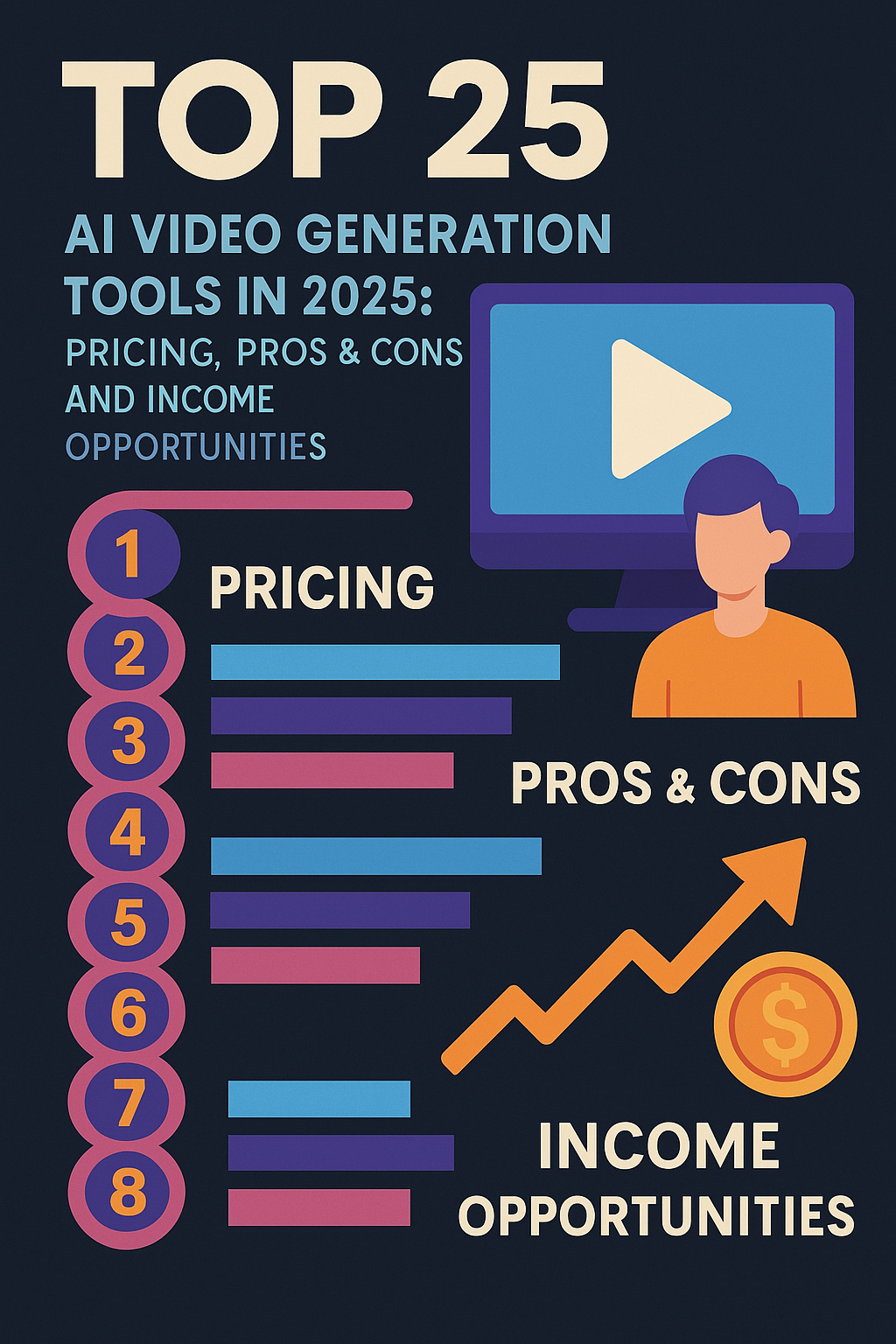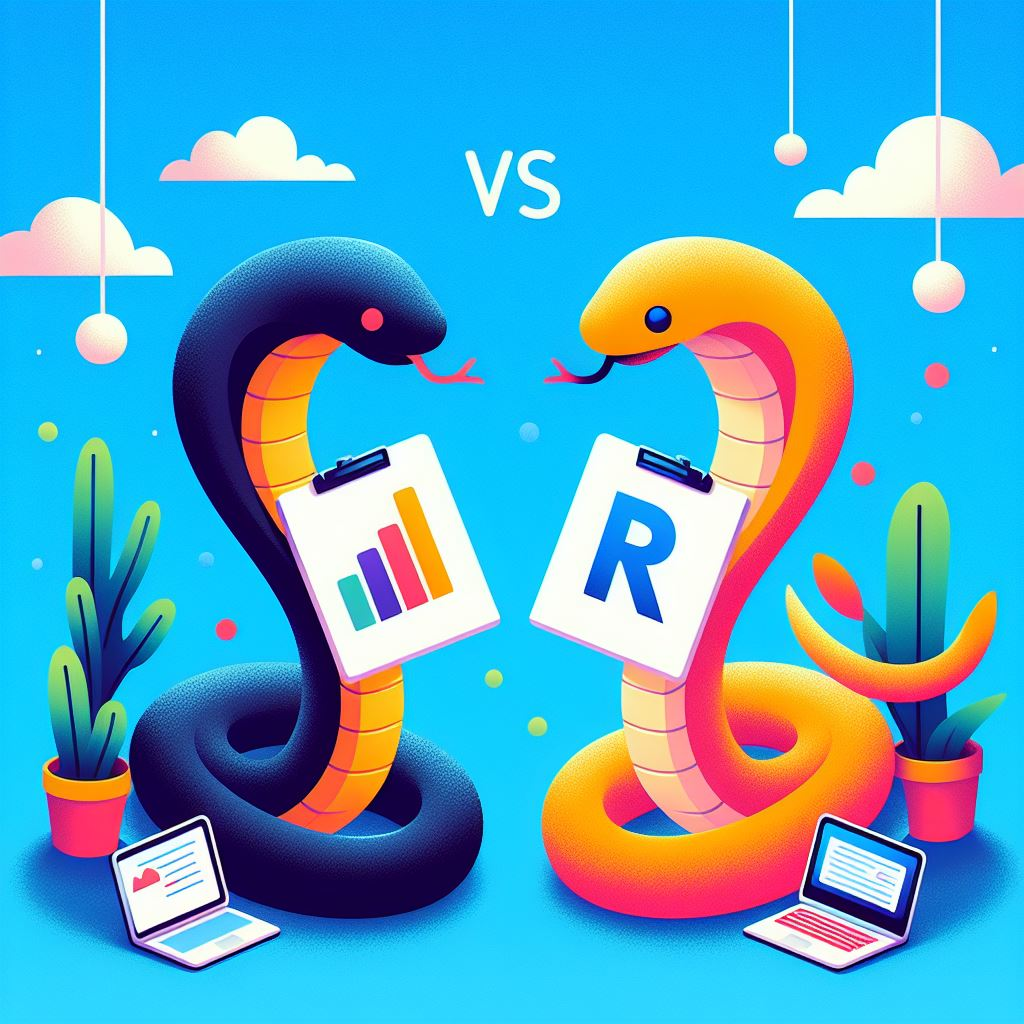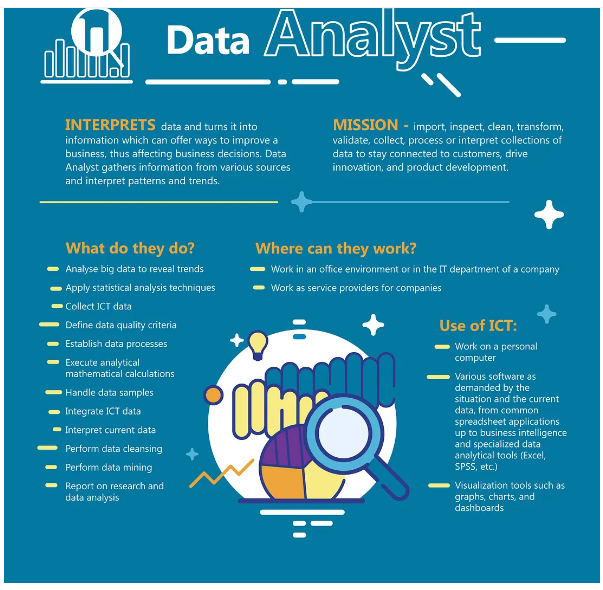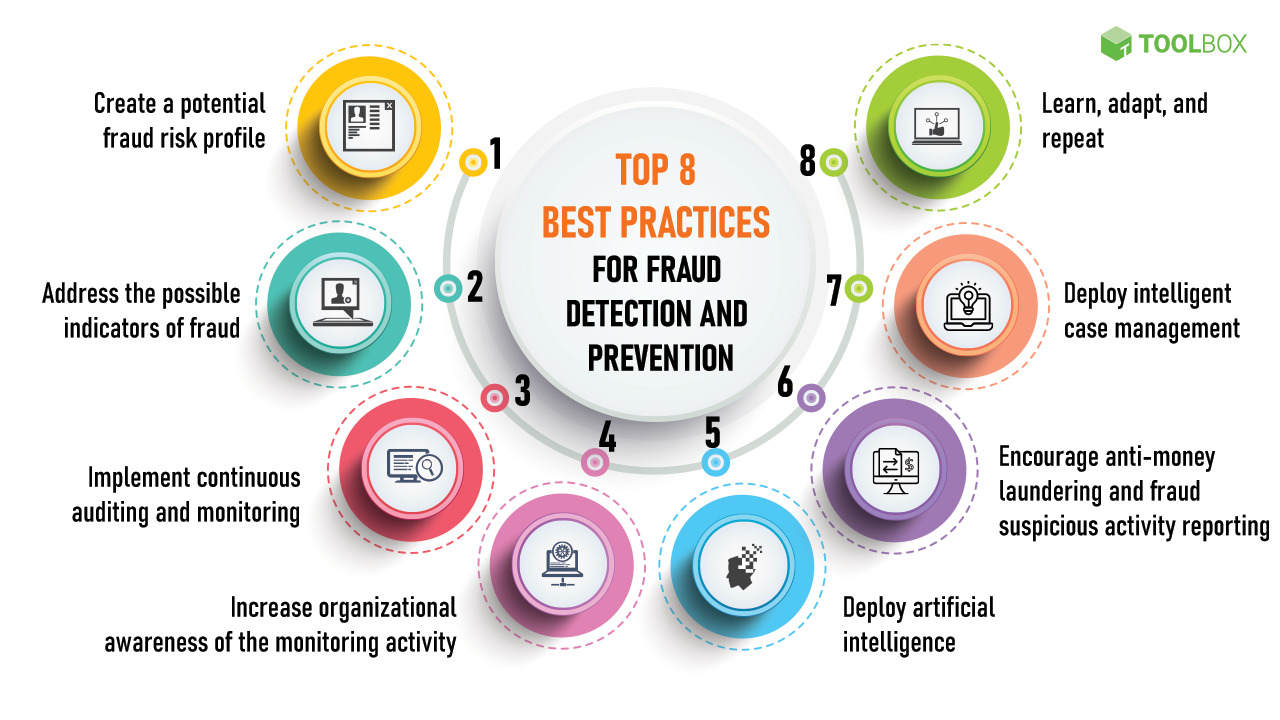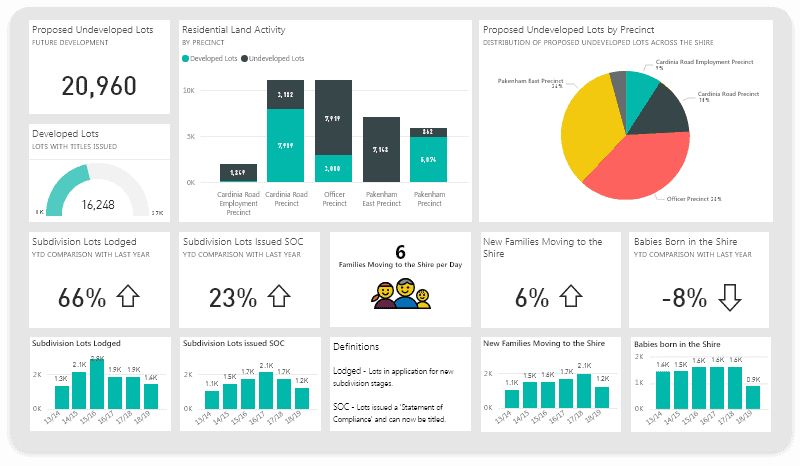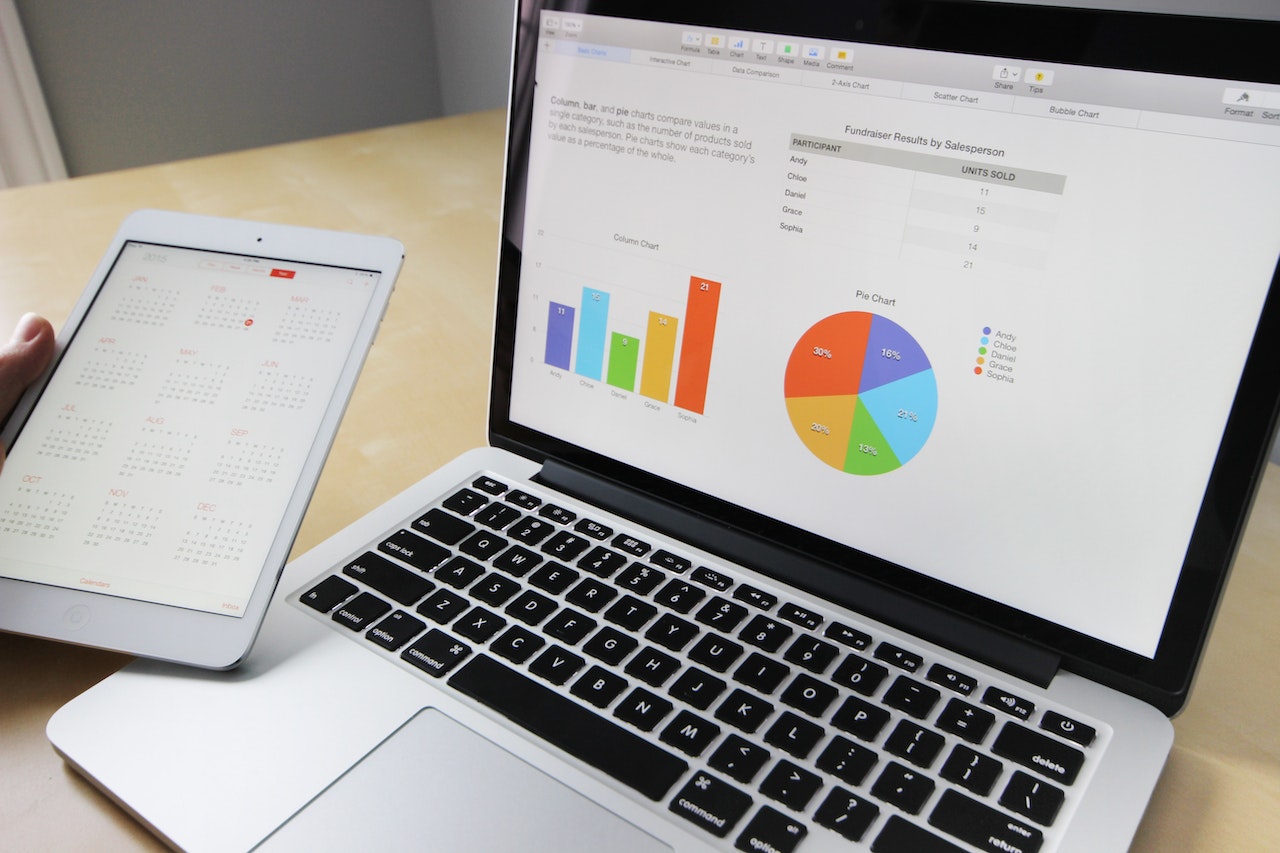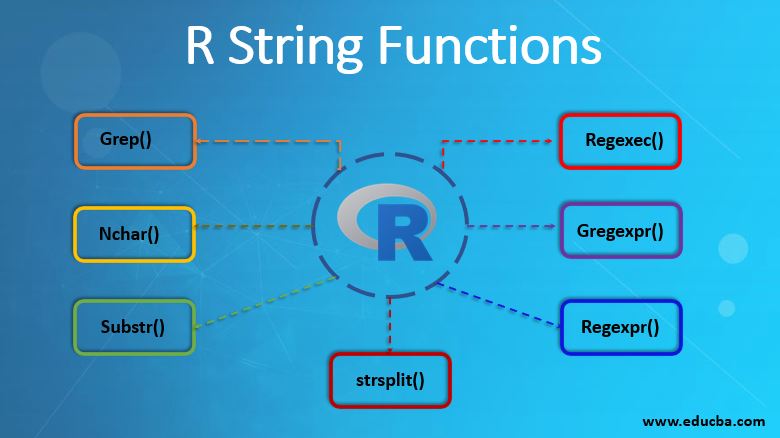
Description
This detailed guide covers everything you need to know about selling on Amazon, from a brief history of ecommerce to step-by-step instructions, requirements, sourcing products, and the future of online selling.
Introduction: Why Selling on Amazon is the Future
Ecommerce has revolutionized global trade, and Amazon has been at the heart of this transformation. Today, anyone with the right products, strategy, and documentation can tap into millions of customers worldwide. But how did we get here, and what does it take to become a successful seller?
This comprehensive post covers:
-
A brief history of ecommerce
-
Steps to start selling on Amazon
-
Requirements and Documents needed
-
Sourcing products efficiently
-
Formalities to scale your business
-
Plus, the advantages, scope, importance, and future of ecommerce
Let’s dive deep!
1. History of Ecommerce: From Vision to Revolution
a. Early Days
-
1979: Michael Aldrich invents electronic shopping using a telephone line connection.
-
1994: Jeff Bezos launches Amazon as an online bookstore.
-
Late 1990s: eBay and PayPal emerge, expanding the concept of online transactions.
b. Ecommerce Explosion
-
2000s: Broadband internet enables faster, easier shopping experiences.
-
2010s: Mobile commerce (m-commerce) reshapes buying habits.
-
Today: AI, personalization, and same-day delivery define the new ecommerce era.
📚 Sources:
2. How to Start Selling on Amazon: Step-by-Step
Step 1: Choose Your Selling Plan
-
Individual Plan: No monthly fee, $0.99 per sale (for small sellers) Price Varies from Country to Country
-
Professional Plan: $39.99/month (for serious business scaling) – Need to have Credit Card for Applicable Charges | For India its not Chargeable
Step 2: Register Your Amazon Seller Account
Visit: Amazon Seller Central
You will need:
-
Mobile number
-
Email ID
-
Bank account details
-
Tax information (PAN Card | GST | VAT)
Step 3: List Your Products
You can either:
-
List products already on Amazon
-
Create new product listings
High-quality photos and keyword-optimized descriptions are crucial.
Step 4: Set Up Shipping Method
-
Fulfilled by Amazon (FBA): Amazon handles packing, shipping, customer service.
-
Fulfilled by Merchant (FBM): You ship directly to the customer.
Step 5: Manage Orders and Grow
Track orders, monitor performance metrics, get customer reviews, and scale!
3. Requirements for Selling on Amazon
| Requirement | Details |
|---|---|
| Business Email | Professional email address |
| Bank Account | For receiving payments |
| Phone Number | For account verification |
| GST Number | Mandatory in India |
| PAN Card | Personal or company PAN card |
| Identity Proof | Passport, Aadhaar Card, or Driving License |
4. Required Documents for Amazon Seller Registration
-
GST Number (in India)
-
PAN Card (personal or company)
-
Bank Account with KYC compliance
-
Address Proof (utility bill, rental agreement)
-
Active Mobile Number and Email ID
More details at Amazon Seller Help
5. Sourcing of Products
Wondering where to find products to sell?
Here are your best options:
a. Manufacture Your Own
Handmade soaps, jewelry, apparel — you create your brand!
b. Wholesale Sourcing
Buy in bulk from manufacturers and sell at retail prices.
c. Dropshipping
List products without holding inventory. When a customer buys, your supplier ships directly.
d. Online Communities
-
Connect with suppliers and vendors (Product Suppliers in Wholesale Price)
-
Alibaba — Source products globally.
-
IndiaMART — Find Indian suppliers easily.
6. Further Formalities After Setting Up
-
Trademark Registration (for brand protection)
-
Amazon Brand Registry (access A+ content and enhanced brand protection)
-
Customer Service Setup (email and phone support)
-
Return Management (handling refunds and returns promptly)
-
Tax Filings (file monthly GST returns and income tax)
🔗 Learn about Amazon Brand Registry
7. Importance of Selling on Amazon
-
Global Reach: Access to millions of customers
-
Low Entry Barriers: Start with minimal investment
-
Passive Income Potential: Let Amazon FBA handle logistics
-
Scalability: Expand to global marketplaces easily
-
Brand Building: Build and protect your brand image
8. Advantages of Selling on Amazon
| Advantage | Description |
|---|---|
| Large Customer Base | Reach millions across the globe |
| Logistics Simplified | FBA handles warehousing and shipping |
| Marketing Support | Run ads, coupons, and deals easily |
| International Expansion | Sell in the US, UK, Europe, Japan, etc. |
| Data Insights | Learn what products work with real-time analytics |
9. Scope of Ecommerce and Amazon Selling
According to a report by Statista:
-
Global ecommerce sales will reach $7.4 trillion by 2025.
-
Amazon’s market share in ecommerce is 38.7% in the US alone.
Emerging areas include:
-
Eco-friendly products
-
Home fitness
-
Baby and pet care products
-
Customized gifting
🛒 Source: Statista Ecommerce Growth Report
10. Future of Ecommerce
-
Voice Commerce: Shopping via Alexa, Siri, Google Assistant
-
Augmented Reality (AR): Try before you buy features
-
Subscription Models: Monthly subscriptions for essentials
-
AI Recommendations: Hyper-personalized shopping journeys
-
Blockchain Payments: Secure, fast transactions with cryptocurrencies
**11. How to Adopt Selling on Amazon Successfully
| Step | Action |
|---|---|
| Learn | Read Amazon Seller University guides |
| Experiment | Start small, then scale up |
| Market | Run ads and use social media marketing |
| Optimize | Improve listings based on customer feedback |
| Stay Updated | Follow ecommerce trends and Amazon policy updates |
Conclusion: Your Ecommerce Journey Starts Today
Selling on Amazon is not just a side hustle — it’s a full-fledged business opportunity. With the right preparation, sourcing, and marketing, you can build a sustainable brand that reaches global audiences.
Start your journey today. The ecommerce world is wide open!





















